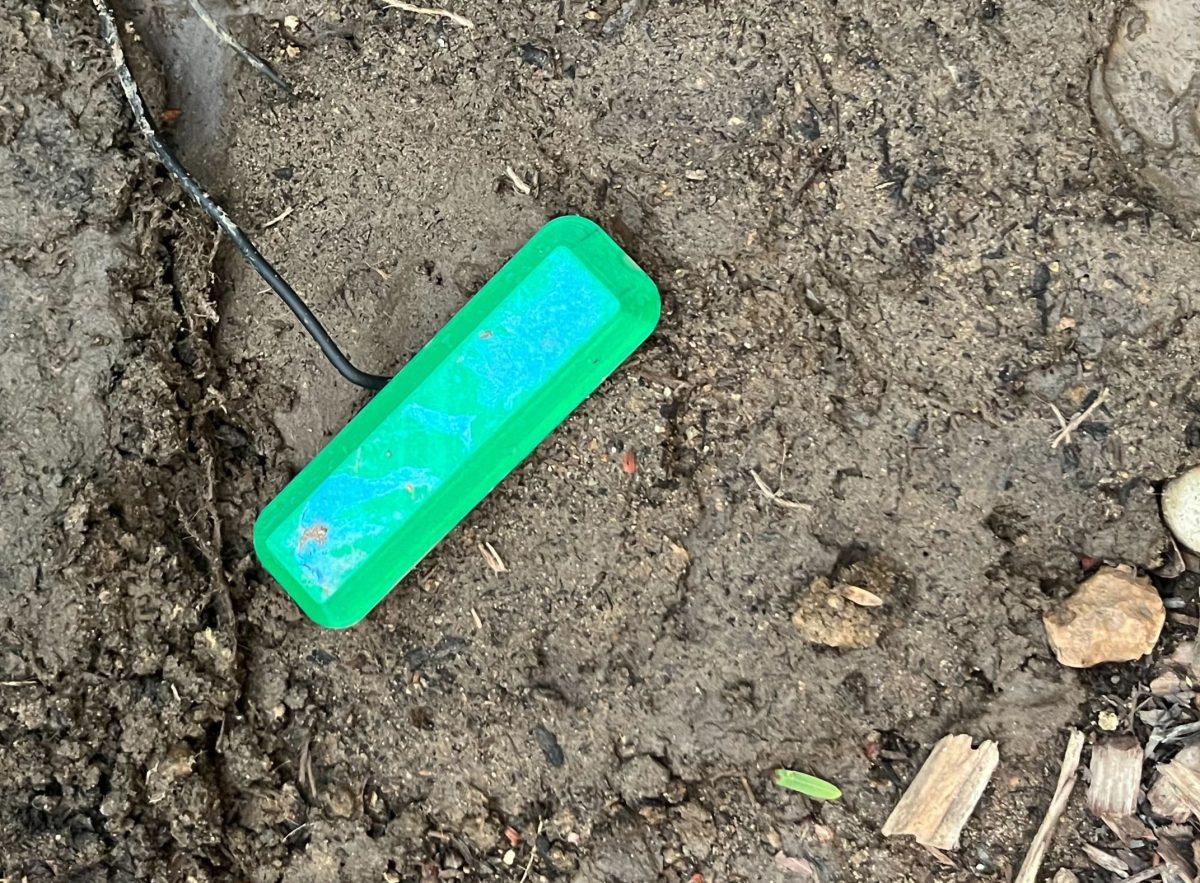Conventional batteries contain toxic and highly flammable chemicals and have a limited life. This is not sustainable. How nice it would be if all devices could simply be charged using Earth. Research team from Northwestern University In Evanston, Illinois, there is now such a perfect example He invented the battery.
The entire system is about the size of a paperback book and is simply connected to ground. So they can become a sustainable and renewable alternative to batteries. But it could actually have a benefit for agriculture. The reason is the sensors
So-called microbial fuel cells (MFC) have been around since 1911. They work almost like a regular battery: MFCs also have an anode, cathode, and electrolytes to transmit electricity. Instead of obtaining electrical energy from chemical sources, bacteria provide electricity. These release electrons naturally into the near line. This only uses the carbon in the soil.
The researchers also present a battery design. (Photo: Bill Yen/Northwestern University)
“Although MSCs have been around as a concept for more than a century, their unreliable performance and low energy production have hampered efforts toward practical use,” says lead researcher Bill Yen, who is currently pursuing a Ph.D. at Stanford University. Especially in low humidity conditions.” He works.
To give cells continuous access to oxygen and water, the research team needed the right design. The cartridge format placed vertically on a horizontal disc was a success. The bottom is buried deep enough to access moisture from deeper soil.
Editorial recommendations
The upper part is flush with the surface and supplies oxygen to the battery via the fresh air gap. The protective cover on top is intended to prevent dirt from entering. To ensure that the MFC works even when immersed in water, part of the cathode is coated with a water-repellent material. This way this part can continue to access oxygen.
The researchers have presented a straightforward application case. They used electricity to measure levels of moisture, nutrients and pollutants in the soil. On average, the MFC battery produced about 68 times more power than the power required to operate the built-in sensors and transmit data. The system can be used in agriculture as part of a strategy to improve crop yields.
Farmers had to constantly replace batteries or clean solar panels, especially here. Research conducted by a team from the USA is a sustainable alternative. “As long as there is organic carbon in the soil for microbes to decompose, an MFC battery can potentially last forever,” Yin says.
The crazy thing is: According to the research team, all grounded MFC components are available in hardware stores. With the help of study Anyone can rebuild the battery themselves. A fully biodegradable battery of the same type is also being planned. Both concepts bypass complex supply chains and avoid the use of conflict minerals.
It is still unclear whether and how an MFC battery can also be used. It is very likely that a Tesla cannot be started this way. However, the device can be very practical for garden tools.

“Total coffee aficionado. Travel buff. Music ninja. Bacon nerd. Beeraholic.”







More Stories
Researchers detect extremely high-energy gamma rays
Anxiety disorders in old age increase the risk of dementia
Researchers are particularly fascinated by these exoplanets.